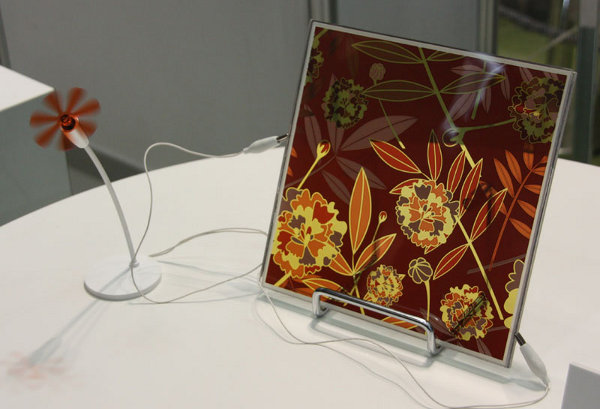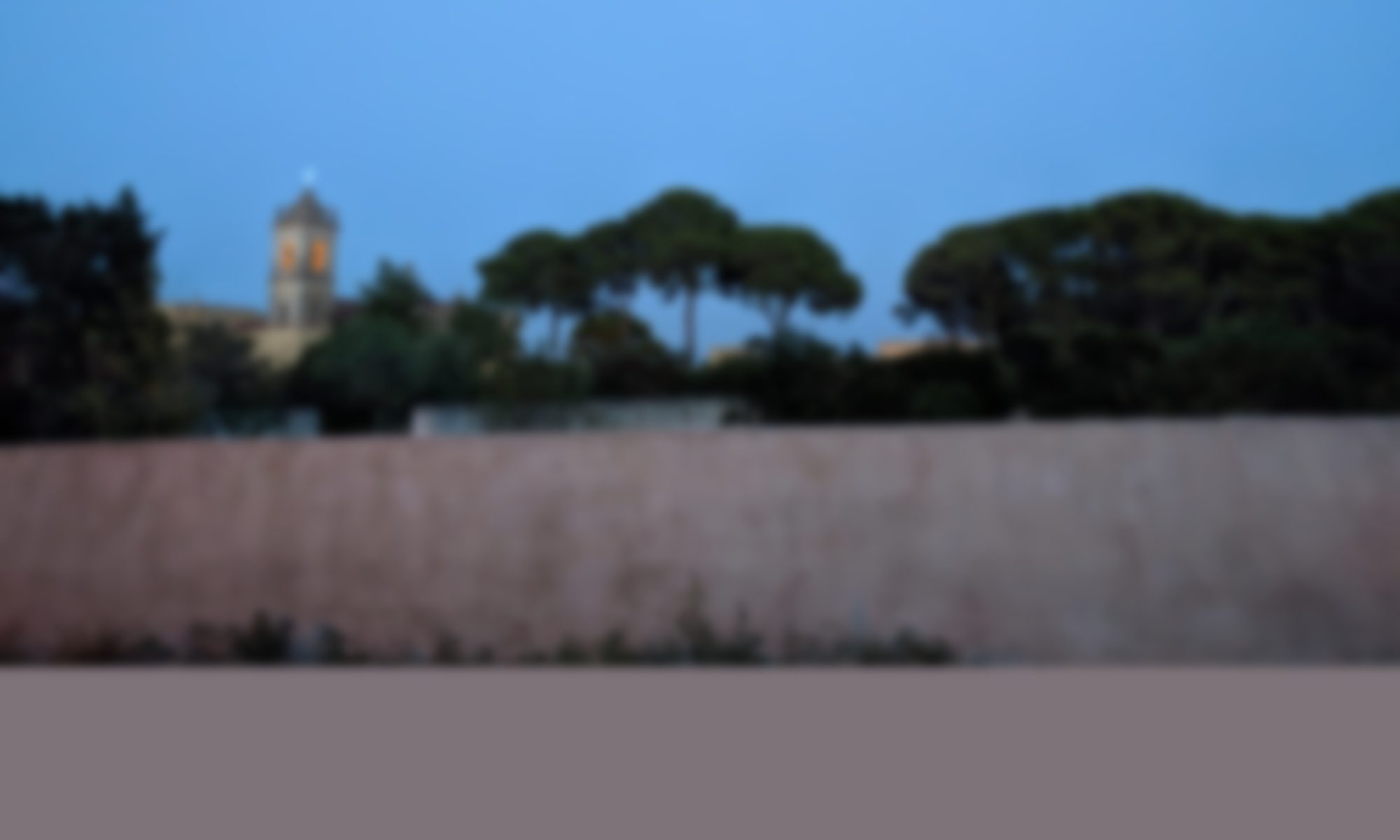Having journeyed through various fields of physics, eventually, I settled outside of academia. Yet, I have thoroughly enjoyed contributing in different areas of research.
Dye-sensitized solar cells

My PhD project revolved around the study of dye molecules for applications in an emerging technology of photovoltaic cells called Grätzel cells, or dye-sensitized solar cells.
The orchestration of disciplines required to even understand the working process of this cell is fascinating. The cell itself is a feat of engineering, which working process can be explained by chemistry, but the properties of the active absorbers are best explained by quantum chemistry and physics.
My contribution to this field was limited to explore a technique called “co-sensitization”, which involves using multiple dye molecules in a single cell in order to achieve a panchromatic response. This requires a good knowledge of the dyes, their opto-eletronic properties and their chemical compatibility. I tackled the problem systematically from two angles: computationally and experimentally.
Within the realm of co-sensitization, I explored the panchromatic responses of cyanine dyes (paper), computationally engineered fluorescein dyes (paper) and investigated different adsorption mechanisms of rhodamine dyes (paper).
Jet clustering algorithms

I spent my final (master) year at university working in the ATLAS collaboration and looking at various techniques to reduce the signal-to-noise ratio of W and Z bosons hadronic decays.
A first approach was via studying the jet substructure and reconstruct the mass via jet clustering algorithms. A second approach involved statistical techniques: multi-variate analysis classifiers, such as Fisher determinants, likelihood ratios, boosted decision trees and neural networks.
Magnetic structure of NiPS3

I spent my internship at Institut Laue-Langevin analyzing neutron scattering data to determine the magnetic structure of a quasi-two-dimensional anti-ferromagnet NiPS3. You can read about the results here.
